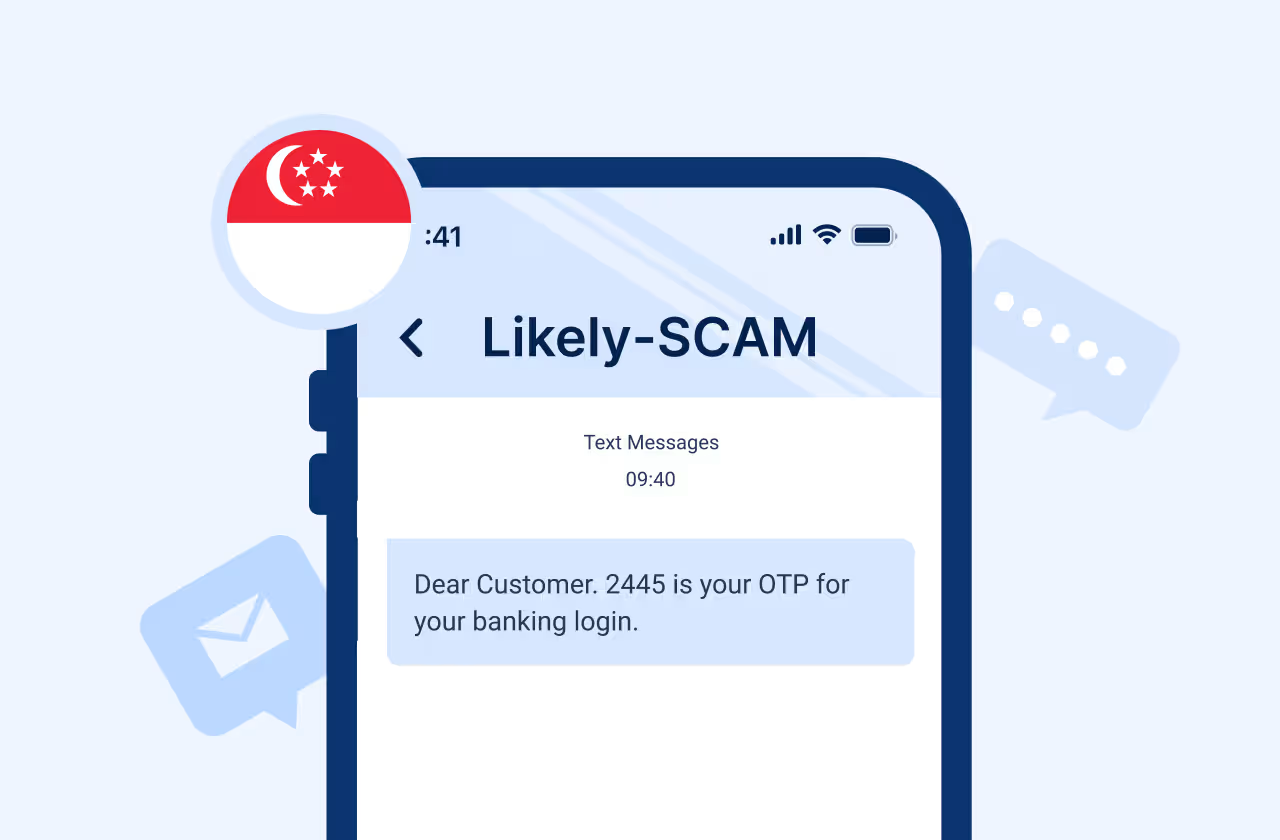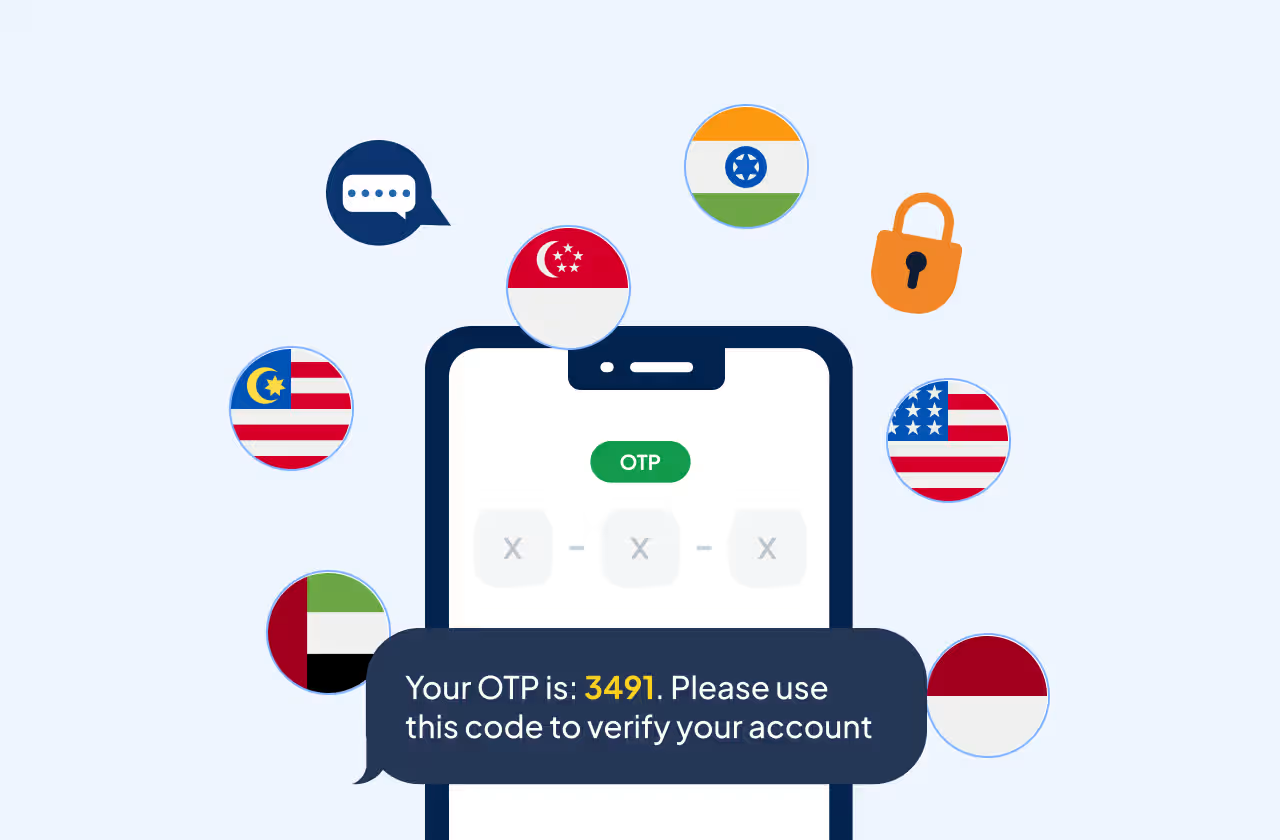Key Takeways
According to a 2024 report by Statista, the global number of spam text messages has increased by 55% in the past year, reaching over 100 billion messages annually.
Spam text messages, also known as SMS spam or smishing (SMS phishing), are unsolicited and often malicious messages sent to your mobile phone. Below mentioned are a few features of SPAM text messages: -
- These messages can come from unknown numbers or be disguised as legitimate contacts.
- These attempt to deceive recipients into providing personal information or clicking on harmful links.
- They can pose serious security risks leading to financial loss, identity theft, and other malicious activities.
- The rise in mobile device usage and the growing sophistication of cybercriminals have made spam texts a significant concern for individuals and organizations alike.
How to Report Spam Text Messages?
Method 1: Forward the Spam Message to Your Carrier
Most mobile carriers in the United States have a dedicated short code for reporting spam messages. Forward the spam text to 7726 (SPAM). This helps carriers identify and block spammers. Here are the steps:
- Press and hold the spam message.
- Select the option to forward the message.
- Enter 7726 (SPAM) as the recipient.
- Send the message.
Carriers such as AT&T, Verizon, T-Mobile, and Sprint all support this reporting method. You can also refer to our guide on how to forward a text message.
Method 2: Block the Sender
Blocking the sender prevents them from sending you further messages. Here’s how to do it on various devices:
iPhone:
- Open the message.
- Tap the sender’s name or number at the top.
- Tap the "i" information icon.
- Select "Block this Caller."
Android:
- Open the message.
- Tap the three-dot menu icon.
- Select "Block number" or "Block & report spam."
Method 3: Report to the Federal Trade Commission (FTC)
In the United States, you can report spam text messages to the FTC. This helps the government track and combat spammers. Visit the FTC’s complaint assistant website at ftc.gov/complaint and follow the instructions to file a report.
You can also register yourself with National Do Not Call Registry. This will prevent any redundant texts or telemarketing calls.
Additional Measures to Prevent Spam Texts
- Do Not Respond or Click Links
Avoid engaging with the spam message. Do not respond, click on any SMS links, or provide any personal information. Engaging with the message can confirm to the sender that your number is active, leading to more spam.
- Enable Spam Protection on Your Phone
Most smartphones have built-in spam protection features that can help filter out unwanted messages. Ensure these features are enabled:
iPhone:
- Go to Settings.
- Tap Messages.
- Enable "Filter Unknown Senders."
Android:
- Open the Messages app.
- Tap the three-dot menu icon.
- Select "Settings" and then "Spam protection."
- Enable "Enable spam protection."
- Use Third-Party Apps
Several third-party apps can help identify and block spam messages. Some popular options include:
- Hiya: Provides caller ID and spam protection.
- Truecaller: Identifies spam calls and messages.
- RoboKiller: Blocks spam messages and calls.
Latest Cases of Spam Text Messages and Their Impact
- AI-Powered Scams
With the advent of artificial intelligence, scammers have found new ways to exploit technology. AI can be used to write more convincing phishing messages, create deepfakes, and impersonate friends or relatives, making the scams more believable. For example, scammers might use AI to impersonate an employer and ask for sensitive information, leading to identity theft and financial loss.
- Google Voice Verification Scams
In a recent scam, fraudsters pose as interested buyers on online marketplaces. They use the phone number listed in the ad to set up a Google Voice account, asking the target to share a verification code sent to their phone for "security reasons."
Sharing this code allows the scammer to create a new Google Voice number tied to the victim's phone, which can then be used for further scams like silent SMS attacks.
- Zelle, Venmo, and Cash App Scams
Payment app scams have become increasingly common. Scammers may pose as buyers, "accidentally" overpay using stolen credit cards, and then request a refund. When the actual card owner reports the fraud, the money is taken from the seller’s account. Other scams involve fake fraud alerts that prompt victims to share personal information or transfer money to a scammer-controlled account.
Consequences of Spam Text Messages
Spam text messages can have severe consequences, including:
- Financial Loss: Victims may be tricked into providing credit card information, leading to unauthorized charges.
- Identity Theft: Personal information can be stolen and used to open fraudulent accounts.
- Malware Infection: Clicking on malicious links can install malware on your device, compromising your data and privacy.
- Data Breaches: Corporate spam attacks can lead to data breaches, exposing sensitive company information.
FAQs
Q1.: What should I do if I receive a spam text message?
Do not respond or click on any links. Forward the message to 7726 (SPAM), block the sender, and report it to the FTC.
Q2.: Can spam text messages contain viruses?
Yes, clicking on links in spam text messages can lead to malware infections on your device.
Q3.: How can I block spam text messages on my phone?
You can block spam messages by using the built-in spam protection features on your phone or by using third-party apps like Hiya, Truecaller, or RoboKiller.
Q4.: Are all unsolicited text messages considered spam?
Not necessarily. Some unsolicited messages may be legitimate communications from businesses you interact with. However, unsolicited messages from unknown sources with suspicious content are likely spam.
Q5.: Can my carrier help me with spam text messages?
Yes, most carriers offer tools to report and block spam text messages. Forward the spam text to 7726 (SPAM) to report it.
Q6.: What is smishing?
Smishing is a form of phishing that uses SMS messages to deceive recipients into providing personal information or clicking on malicious links.
Q7.: How can I protect myself from spam text messages?
Enable spam protection on your phone, use third-party spam-blocking apps, avoid sharing your phone number publicly, and be cautious of unsolicited messages.
Q8.: Are there legal actions against spam text senders?
Yes, regulatory bodies like the FTC and FCC can take legal actions against entities involved in sending spam text messages.
Q9.: What should I do if I clicked on a link in a spam text?
Disconnect your device from the internet, scan for malware using antivirus software, and change your passwords. Monitor your financial accounts for any unauthorized activity.
Q10.: Is it safe to report spam texts to my carrier?
Yes, reporting spam texts to your carrier helps them identify and block spammers, reducing the number of spam messages you receive.
By understanding how to identify and report spam text messages, you can help combat this growing problem and protect your personal information. Stay vigilant and take advantage of the tools and resources available to keep your mobile communication safe.




.avif)





